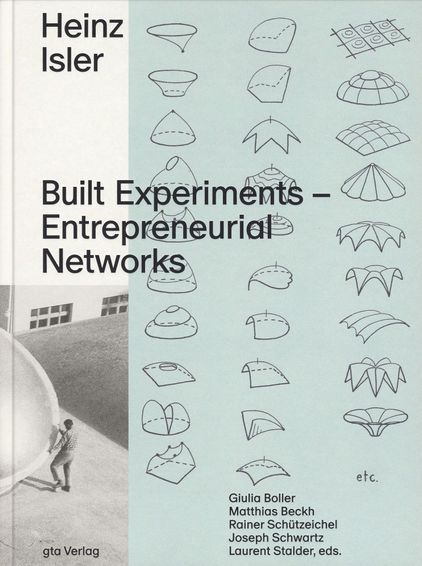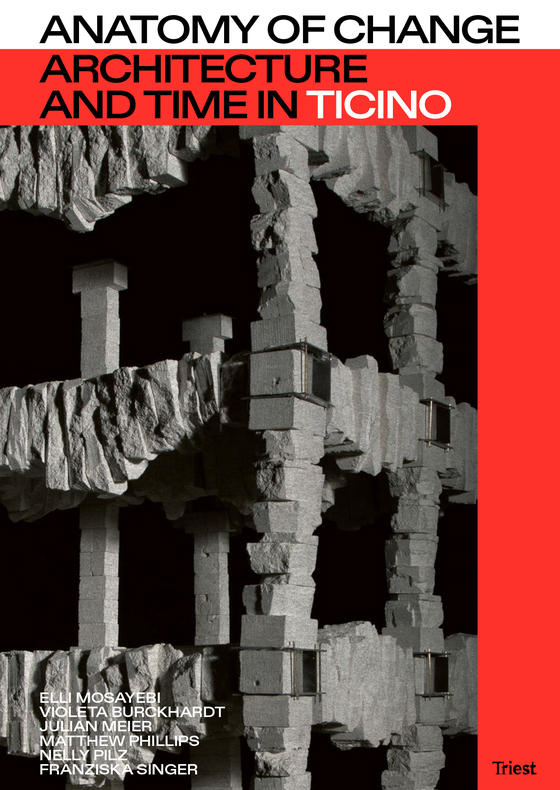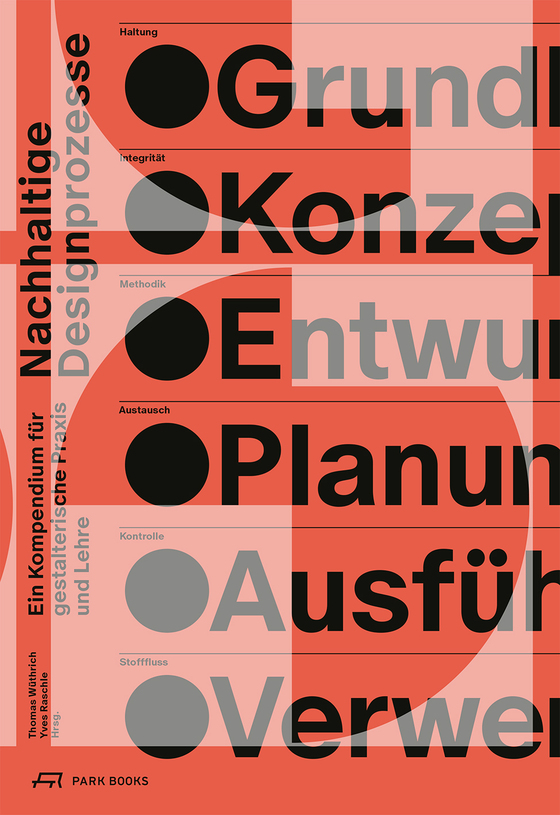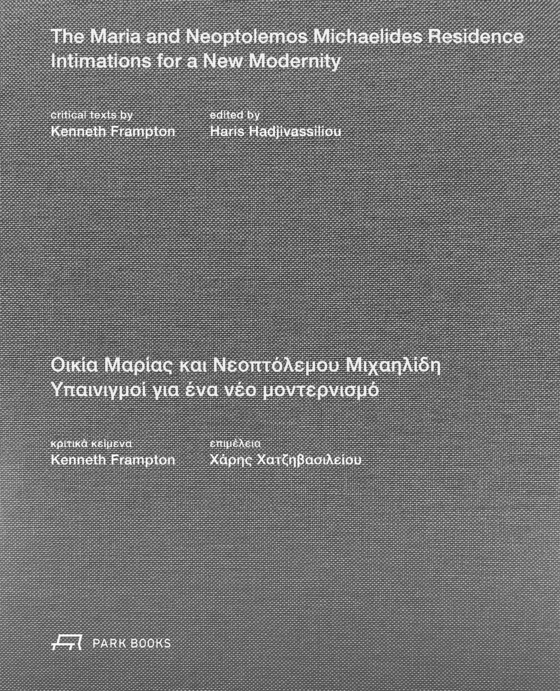Faszination Sichtbeton
Werke des Architekten Bernhard Heid
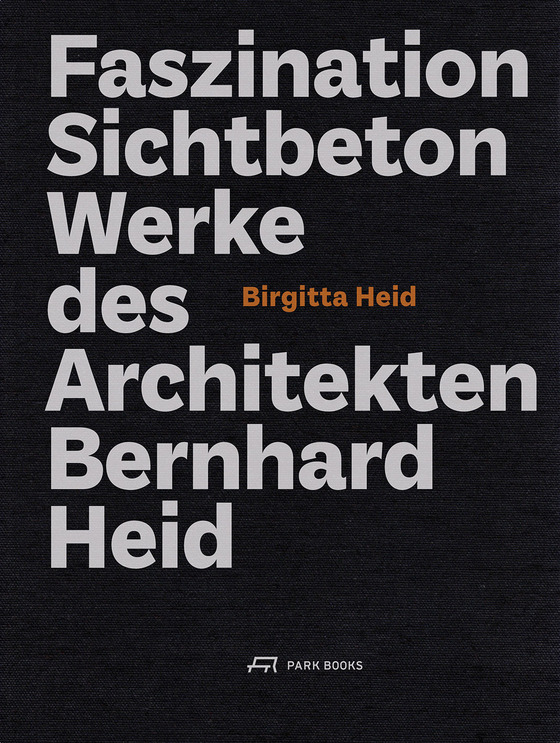
Drei Schlüsselwerke des süddeutschen Brutalismus von Bernhard Heid zeugen in ihrer Radikalität und Schönheit vom Aufbruchsgeist dieser architektonischen Epoche.
Buch, Herausgegeben von Birgitta Heid, 23.12.2025
